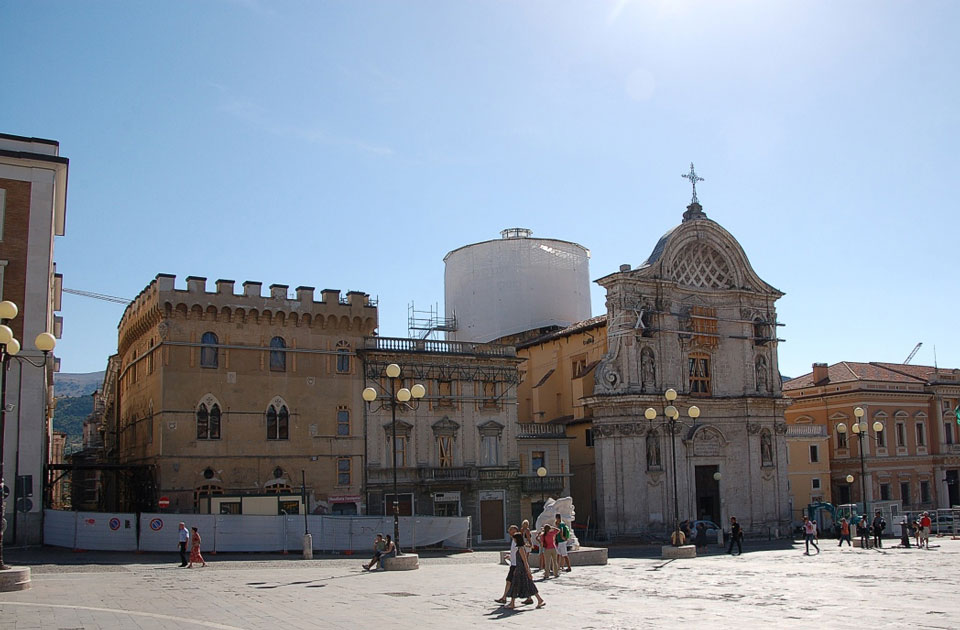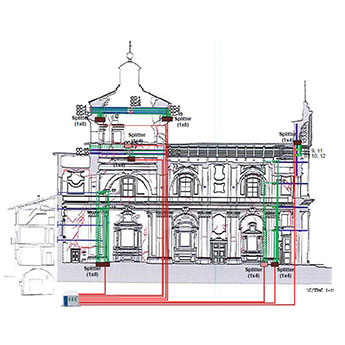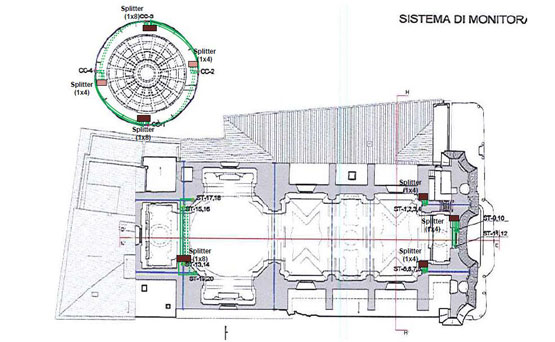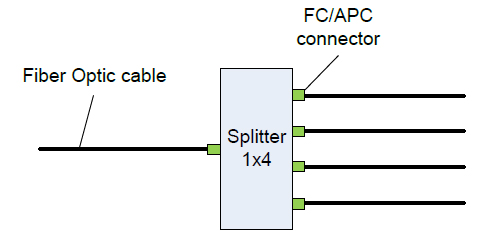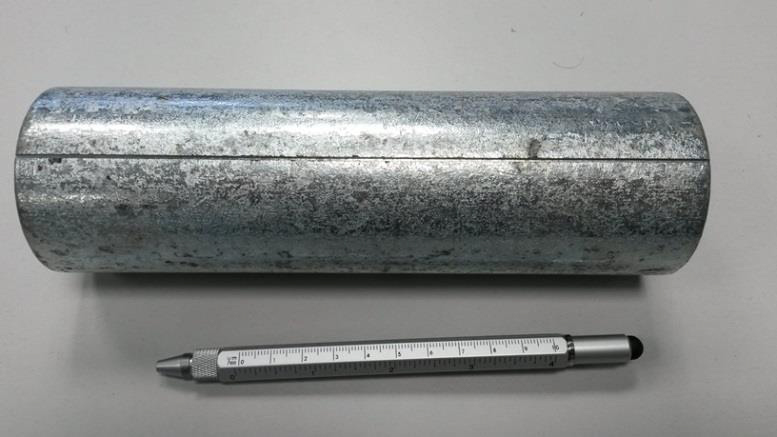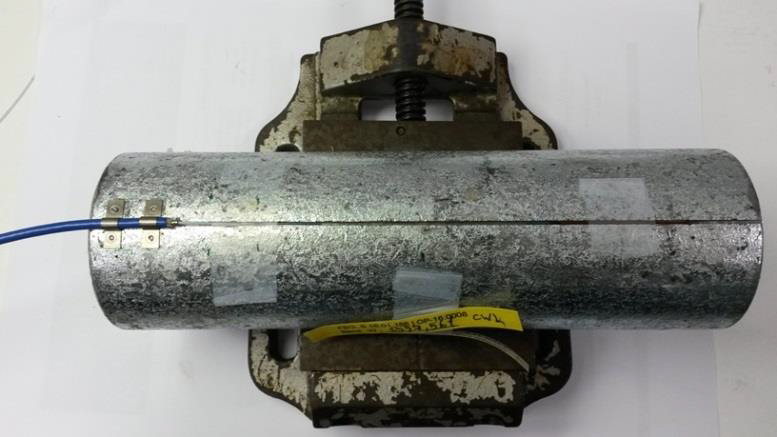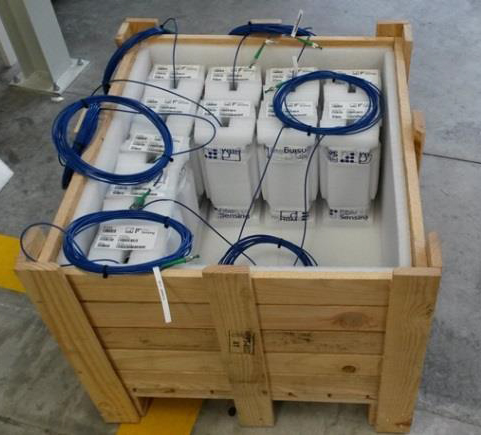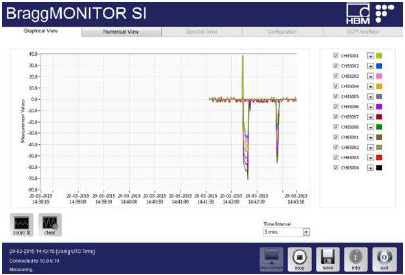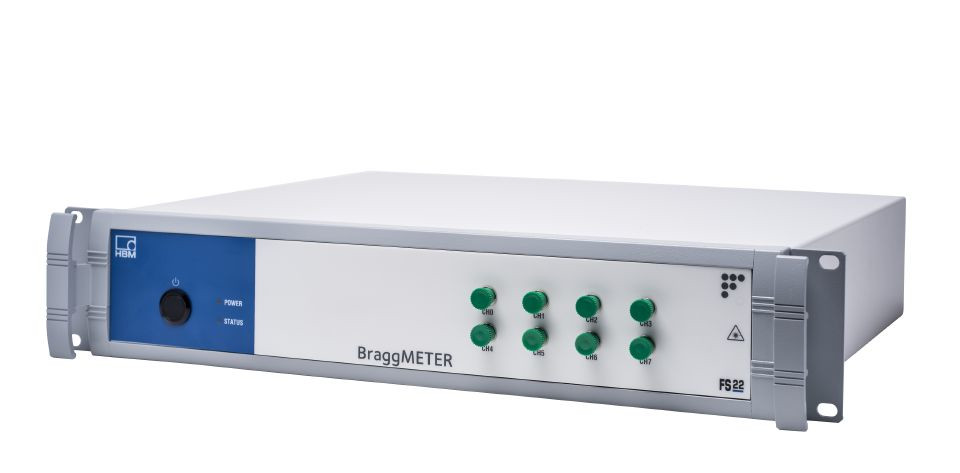L'Aquila is an ancient city in central Italy with a rich cultural heritage. Baroque and Renaissance buildings and churches line the streets of the historic city center. Approximately 70,000 people call the town home. And yet the city did not become well-known for its architecture or the landscape of the surrounding Apennine Mountains, but for a catastrophe.
In 2009, an earthquake shook the region and destroyed countless buildings including family homes and historical landmarks. The 18th century church of Santa Maria del Suffragio became the symbol of this earthquake.
